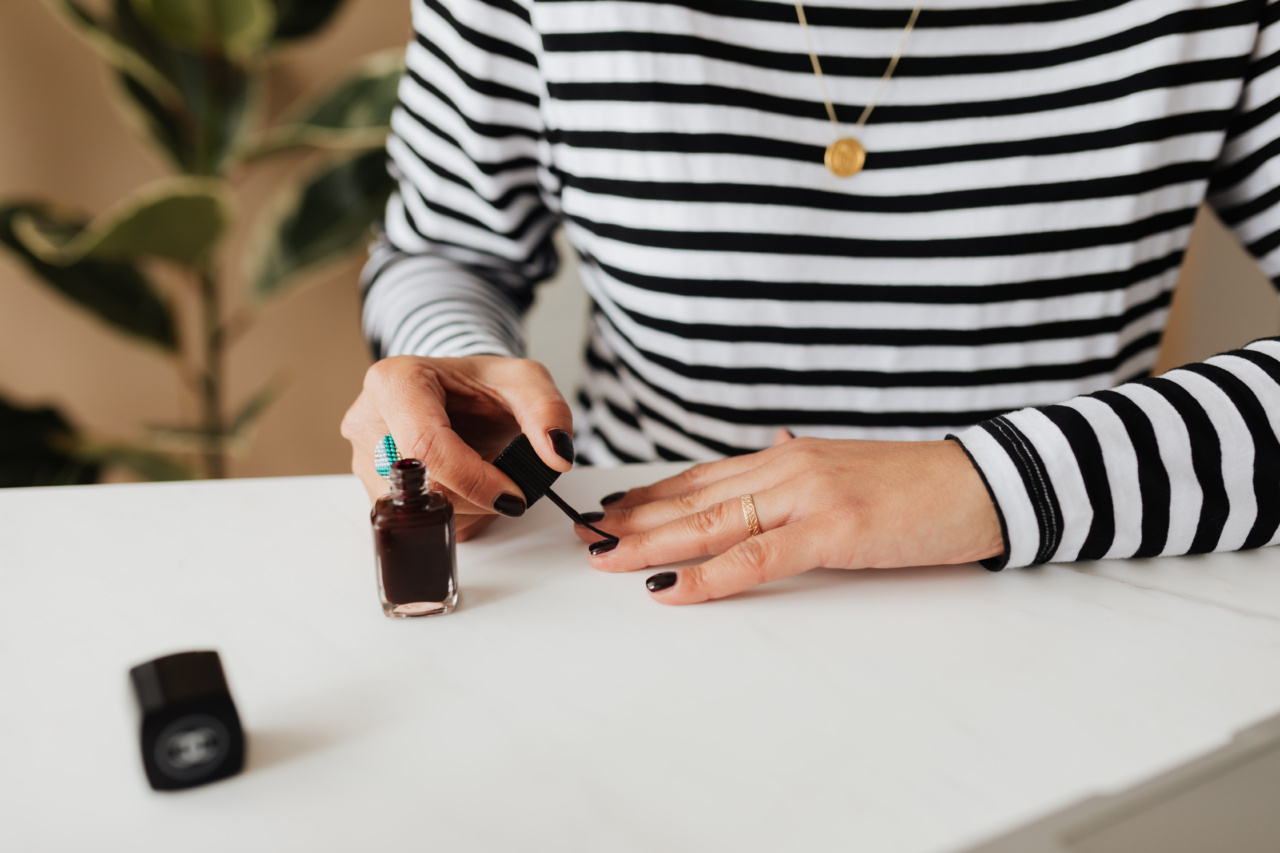Accidents happen, and sometimes they involve stepping on or getting jabbed by a rusty nail. While it may seem harmless at first, neglecting to treat a rusty nail wound can have serious consequences for your health.
Understanding the potential risks and taking appropriate action can help prevent complications. This article explores the various outcomes of not treating a rusty nail wound and highlights why prompt medical attention is crucial.
1. Increased Risk of Infection
One of the immediate concerns when a rusty nail penetrates your skin is the risk of infection. Rusty nails are often found outdoors or in areas with poor sanitation, making them a breeding ground for bacteria and other pathogens.
When a rusty nail punctures your skin, these harmful microorganisms can enter your wound.
Without proper treatment, the wound can become infected. Symptoms of an infected wound include increased pain, redness, swelling, warmth around the wound, and the presence of pus or discharge.
If left untreated, the infection can spread to surrounding tissues, leading to a more severe condition known as cellulitis.
2. Tetanus Risks
Another significant risk associated with rusty nail wounds is tetanus. Tetanus is a serious bacterial infection caused by the toxin produced by Clostridium tetani bacteria. These bacteria can be present in soil, dust, and even rust.
When the bacteria enter your body through an open wound, such as one caused by a rusty nail, they can release toxins that affect your nervous system.
Without prompt medical attention, untreated rusty nail wounds can increase the risk of tetanus infection. Initial symptoms of tetanus include muscle stiffness and spasms, typically starting in the jaw or neck area.
As the infection progresses, the spasms can become severe, affecting the entire body. Tetanus can lead to difficulty breathing and potentially life-threatening complications.
3. Delayed Wound Healing
Wounds caused by rusty nails can be deep and jagged, making them more challenging to heal compared to minor cuts or scrapes. Neglecting to treat such wounds can result in delayed wound healing.
Without proper cleaning, disinfection, and sometimes stitches or sutures, the wound may not close properly or may take longer to heal.
Additionally, untreated rusty nail wounds are prone to dryness, cracking, and scab formation. These factors can hinder the healing process and increase the risk of complications, such as secondary infections or the formation of non-healing ulcers.
4. Abscess Formation
If a rusty nail wound becomes infected and is left untreated, it can progress to abscess formation. An abscess is a pocket of pus that develops within the body as a natural defense mechanism to contain infection.
When a wound becomes infected, the body’s immune system fights back, leading to the formation of pus. If the infection is not treated, the pus may accumulate, resulting in an abscess.
Abscesses can be painful, swollen, and may require drainage or surgical intervention to remove the infected material.
5. Septicemia (Blood Poisoning)
One of the most severe complications that can arise from an untreated infected wound is septicemia, also known as blood poisoning. Septicemia occurs when an infection enters the bloodstream and spreads throughout the body.
With a rusty nail wound, the risk of septicemia becomes higher if the initial infection is not properly addressed. Symptoms of septicemia include fever, chills, rapid heartbeat, confusion, dizziness, and extreme fatigue.
Septicemia is a life-threatening condition that requires immediate medical intervention.
6. Potential Necrotizing Fasciitis
In rare cases, untreated rusty nail wounds can lead to a severe bacterial infection known as necrotizing fasciitis. This condition affects the deeper layers of the skin, subcutaneous tissues, and fascia, spreading rapidly and causing tissue death.
Necrotizing fasciitis is a medical emergency that requires aggressive treatment, including surgical debridement and intravenous antibiotics. The infection can progress rapidly, resulting in limb amputation or even death if not promptly addressed.
7. Risk of Long-Term Disability
When infections and complications arising from a rusty nail wound are left untreated, there is an increased risk of long-term disability. Amputation may be necessary if the infection spreads, leading to extensive tissue damage or gangrene.
In severe cases, where septicemia or necrotizing fasciitis occurs, organ damage or failure can also develop, requiring ongoing medical care and potentially impacting quality of life.
8. Mental and Emotional Impact
Aside from the physical consequences, neglecting to treat a rusty nail wound can also have mental and emotional consequences.
If complications arise or the infection becomes severe, individuals may experience anxiety, fear, and trauma related to their health and the potential loss of function.
The emotional impact may extend to family members and loved ones, who may feel helpless or overwhelmed by the situation. Prompt treatment and attention to rusty nail wounds can help alleviate some of these emotional burdens.
9. Avoidable Medical Expenses
By neglecting to treat a rusty nail wound, individuals may end up with avoidable medical expenses in the long run. Treating complications, severe infections, or long-term disabilities can be costly and may require extensive medical interventions.
On the other hand, seeking timely medical attention for a rusty nail wound can help reduce the risk of complications, minimize the need for invasive procedures, and potentially save on medical costs.
10. Importance of Seeking Medical Attention
Understanding the potential consequences of not treating a rusty nail wound underlines the importance of seeking medical attention promptly. If you experience a rusty nail puncture or wound, here are some steps you should take:.
1. Clean the wound gently with mild soap and water to remove any dirt or debris.
2. Apply an antiseptic solution or ointment to prevent or minimize infection.
3. Elevate the injured area if possible to reduce swelling and promote blood circulation.
4. Cover the wound with a sterile bandage or dressing to protect it from further contamination.
5. Visit a healthcare professional or an emergency room to evaluate the wound and determine the need for tetanus shots or additional treatment.
Remember, prevention is always better than cure. Keeping your tetanus vaccinations up to date and practicing good wound care can help reduce the risk of complications if you do experience a rusty nail wound.
Conclusion
Ignoring or neglecting to treat a rusty nail wound can have serious consequences for your health and well-being.
The risks include increased risk of infection, tetanus, delayed wound healing, abscess formation, septicemia, necrotizing fasciitis, long-term disability, mental and emotional impact, avoidable medical expenses, and more.
It is essential to recognize the potential dangers associated with rusty nail wounds and seek prompt medical attention.
By doing so, you can minimize the risk of complications, improve the healing process, and ensure a better outcome for your overall health and quality of life.





























